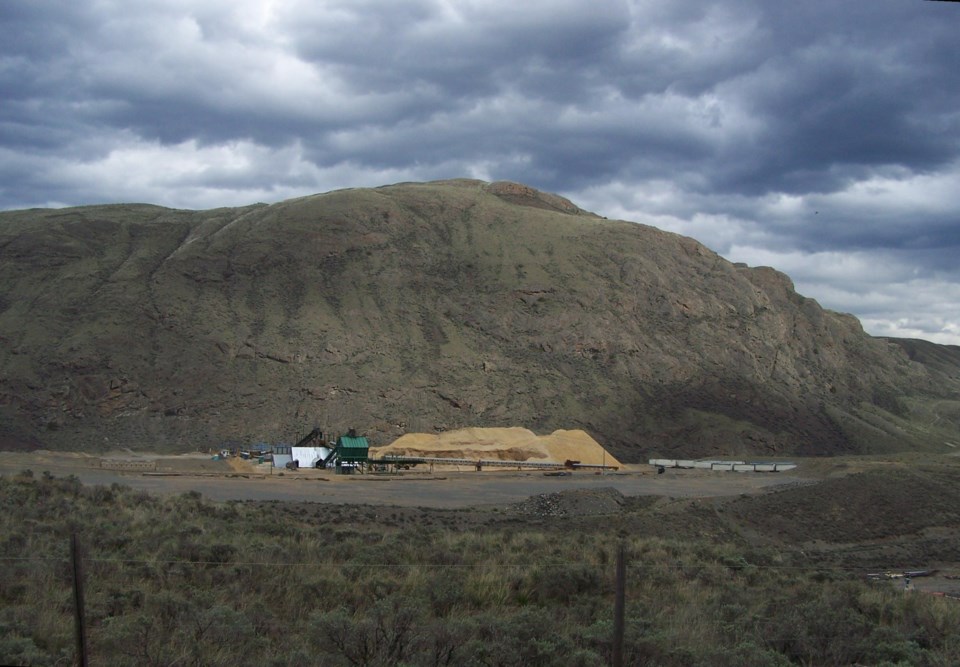Living in British Columbia has never been more expensive, especially the closer one lives to downtown Vancouver. But for many, Metro Vancouver, the Fraser Valley, Greater Victoria, and the Okanagan are increasingly unaffordable as well.
Some of that is unlikely to change. As is obvious, the Lower Mainland is obviously hemmed in by mountains and sea. The Agricultural Land Reserve puts additional upward pressure on land values, and thus the cost of homes, townhomes, and condominiums. Continual migration into Canada’s most beautiful province does the same.
Beyond some natural factors and those examples of government policy, the other provincial government policy that affects people’s ability to enjoy (and pay for) the good life in beautiful British Columbia is on the other side of the ledger: Incomes. After all, higher incomes would help British Columbia pay for the higher home costs, among other things.
Here though, the current provincial government and even a previous version (the NDP government in the 1990s) have too often catered to the most fundamentalist and purist versions of the environmental movement. That is obvious, in recent pipeline disputes between John Horgan’s NDP government with both the late NDP government in Alberta under Rachel Notley, and its successor under Jason Kenney.
But the BC NDP catering to what are best described as fundamentalists on environmental issues—distinct from reasonable green priorities for which I have sympathy—has been obvious for a long time.
Back in the 1990s, the then NDP government killed off a mining project in what later became the Tatshenshini-Alsek Provincial Park. In the early 1990s, the proposal from the company which held a claim to a potential mine for iron ore, Geddes Resources, was to spend $550 million to set up the mine and then $150 million annually. It was estimated that the mine had $8.7 billion in proven reserves.
Geddes estimated that beyond initial construction jobs, 500 people would be employed in direct jobs after the mine opened. Those jobs would pay, on average, $70,000 – and that was in dollars from over two decades ago. That $70,000 job today would be equivalent to 500 jobs paying $105,000 today.
Direct taxes to governments over the mine’s 50-year life would be worth between $1.3 billion and $1.6 billion in revenue. To put that in 1990s perspective, in 1994 the province spent $776 million on highways and transportation. A mine that paid out up to $1.6 billion would have financed two years’ worth of highways and transit spending.
The mine never opened. As has now been routine in British Columbia for decades, the mine was opposed by purists who wanted a park twice the size of Prince Edward Island. They won. Geddes, 500 potential B.C. workers and $70,000 jobs in a rural area, lost.
At the time, the estimated value of future tourism in the new park would be $1.5 million annually or $75 million over 50 years: Less then one per cent of the $8.7 billion value of the mine, had the province created a solution that allowed for both the mine and park, a reasonable compromise.
Full confession: I’m an avid hiker. I’ll happily visit Tatshenshini-Alsek one day. It’s in my personal vacation interest to have no development there or anywhere else. But I’m not a purist. Mines, pipelines, and forestry can exist in tandem with natural areas, so long as a sensible, compromise approach is in play. I haven’t seen evidence of such reason recently in British Columbia.
I bring up ancient history because the same approach to mines in the 1990s which sent mining companies fleeing to Chile and elsewhere, is playing out once again in another sector in British Columbia: Forestry. The combination of low lumber prices and high stumpage rates is negatively affecting that sector, with layoffs in Kelowna, the Fraser Valley, Vancouver Island, 100 Mile House, Fraser Lake, Chetwynd, Quesnel, and elsewhere now roiling into daily headlines.
The government cannot do much about low wood prices; it can change stumpage fees. In addition, federal and provincial governments are concerned about caribou habitat, which is where the danger of purist thinking once again presents a problem: Some B.C. environmental groups, the predictable fundamentalist ones, are already complaining that the NDP government’s plans are not yet comprehensive enough.
As per mining in the 1990s, where B.C.-based companies fled to South America, or energy companies now fleeing Alberta for other countries thanks to federal and British Columba policy on pipelines (along with activist opposition), forestry companies operating in British Columbia aren’t closing up shop. Instead, they are moving their investments.
Tolko is buying a stake in a Mississippi lumbermill, while Canfor is putting $110 million into a South Carolina sawmill. If the fundamentalists have their way, this will get worse before it gets better.
Which brings us back to the big picture. Gutting more well-paying resource jobs in British Columbia decade after decade—mines and now forestry—is not a recipe for an affordable British Columbia.
If this keeps up, B.C. workers can look forward to barista jobs serving government employees in Victoria and tourists in parks – but not much else in the way of opportunity.
Mark Milke is an independent public policy analyst. His newest book, The Victim Cult: How the culture of blame hurts everyone and wrecks civilizations, will be released in October.
SWIM ON:
- Bob Price on why resource-dependent communities in the Interior are feeling ignored by this government.
- Former Premier Christy Clark on lessons from LNG and the future of resource development in Canada.
- Carol Anne Hilton says UNDRIP is coming eventually - here's what it means for the average British Columbian.



